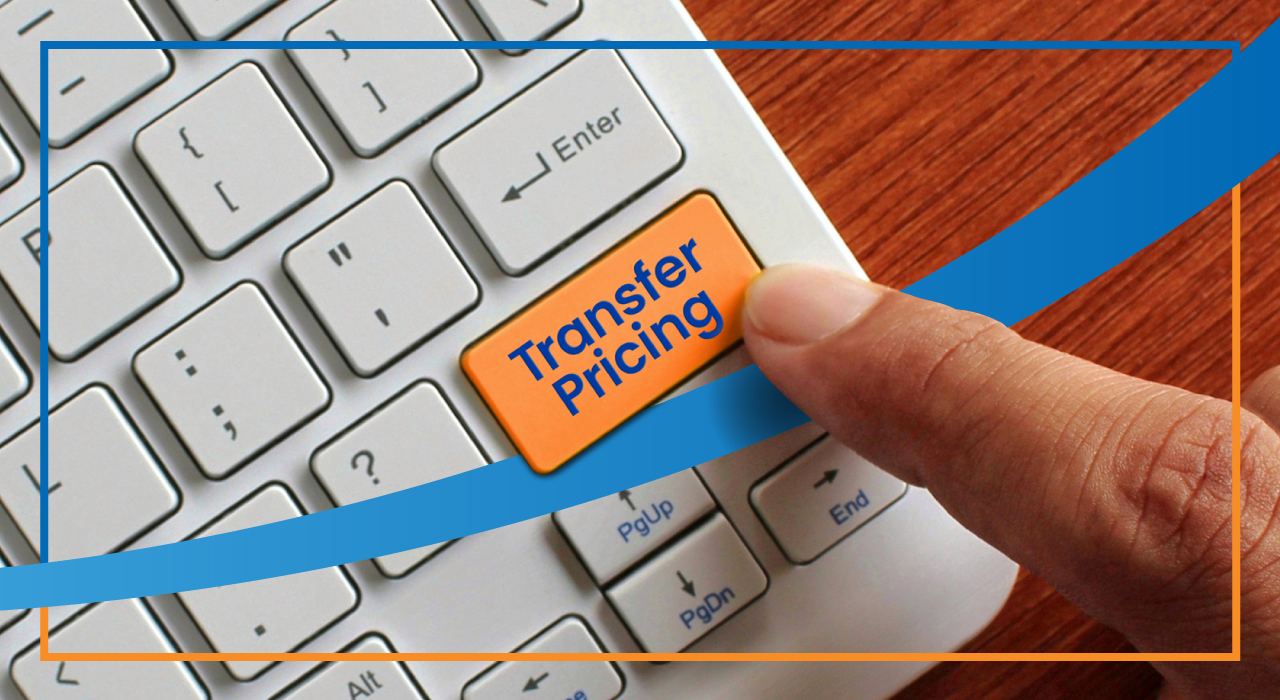Did you know that transfer pricing is crucial in taxation, especially for global companies working across countries and continents? Transfer pricing is a system followed by businesses to regulate the prices of goods, services, or intangible assets traded between related branches within the same corporate group. The UAE is a hub for global business; hence, knowledge of transfer pricing can make tax less expensive for your company.
“Transfer Pricing” – the global understanding
The universal definition of transfer pricing is a specific price set for transactions between related companies within a multinational corporation. It ensures that transactions are conducted fairly and objectively, as they would have been between unrelated parties in the market. For example, if a company in the UAE sells a product to another entity in another country, the product’s price should be equal to the price the product is otherwise sold.
A relevant example:
Imagine a tech company with its primary headquarters, “A”, in the UAE and another branch “B”, in another country. The UAE-based company “A” develops software that “B” uses for operations. So they fix the transfer price for the software. They consider factors like development costs, market prices for similar software, and B’s ability to pay. They also consider the tax both companies must pay in the respective countries.
The Purpose of Transfer Pricing
The purpose here is to ensure fair pricing and boost efficiency within multinational corporations. By setting fair transaction prices, companies are encouraged to optimize their operations and allocate resources effectively across borders.
In addition to the main objective of transfer pricing, which is to ensure that profits are allocated correctly between associated enterprises, other objectives include achieving fairness and transparency in cross-border transactions, preventing manipulation of prices for profit shifting and tax evasion, and ensuring compliance with international tax regulations and local laws.
The features of Transfer Pricing
Here are some key points about the nature of transfer pricing UAE one should keep in mind:
– Transfer pricing evolves due to globalization and is a complex process.
– It needs meticulous documentation to demonstrate compliance.
– Requires accurate financial analysis and understanding of the current market conditions.
Criteria for Setting Transfer Prices:
The UAE has a business-friendly tax environment, with no corporate income tax for most companies. However, transfer pricing UAE rules ensure fair taxation for entities operating across borders. The universal criteria for setting the price for transferring are comparable transactions between unrelated companies, market conditions, economic factors, and industry standards. The functions performed, assets used, and risks assumed by each company in that particular country are also considered in determining the appropriate transfer pricing method.
Transfer Pricing Documentation in UAE
In the UAE, The threshold for transfer pricing documentation varies. As per Article 51 of the UAE VAT Executive Regulations, entities with an annual turnover exceeding AED 50 million must maintain transfer pricing documents for controlled transactions.
Arm’s Length Principle in UAE:
The Arm’s length principle in transfer pricing UAE ensures that transactions between related entities are conducted as if they were independent entities. It’s the principal rule of transfer pricing regulations, preventing profit shifting. Simply, it ensures that prices for goods, services, or intangible assets exchanged between related companies across borders are fair and not influenced by the relationship between them.
For example, if you are a UAE-based company that manufactures electronic components and sells them to another sister company in another country; according to the Arm’s length principle, the pricing of these components should be similar to what an unrelated company would charge for the same parts in a comparable market. The rule prevents companies from purposefully increasing or decreasing prices to shift profits or avoid taxes. This principle is fundamental to transfer pricing regulations in the UAE and globally to promote transparency and prevent unfair tax practices.
Methods
Comparable Uncontrolled Price (CUP) Method: CUP compares the price of a product or service in a controlled transaction with the price of a similar product or service in an uncontrolled transaction. For example, if a UAE-based company sells widgets to its affiliated company in another country for $100, the CUP method will compare this price to the market price for the same device.
Resale Price Method (RPM): RPM calculates the resale price of a product by deducting a particular profit margin from the total market price. If you, as a UAE retailer, buy a product from the parent company for $50 and then resell it to customers for $80, applying the RPM will deduct a reasonable profit margin from the resale price to determine the Arm’s length price.
Cost Plus Method (CPM): This method adds an appropriate profit margin to the costs incurred by one company when providing goods or services to another related entity. If a UAE manufacturer provides components to its subsidiary abroad, the CPM will add a fair profit margin to the costs of producing those components to determine the transfer price. The Cost Plus Method is applied when the primary value of the transaction lies in the expenses incurred by the supplying company, such as a manufacturing company, and the method establishes an arm’s length price that reflects the compensation that an unrelated party would expect for a given market price.
Transactional Net Margin Method (TNMM): TNMM compares the net profit margin of a controlled transaction to the net profit margin earned by unrelated entities in similar transactions. For example, if a UAE service provider makes a net profit margin of 15% on a service provided to its affiliate, TNMM would compare this to the profit margin earned by independent companies offering a similar service.
Profit Split Method (PSM): When no other method can be applied, the PSM method is used. The process splits the combined profits of related companies based on the value they bring to the transaction. For example, if a UAE marketing company, “X”, collaborates with its affiliated company “Y” to launch a product, they might split the profits based on their contributions.
Other facts you need to know
- Transfer pricing UAE regulations ensure that entities do not manipulate prices to avoid taxes. UAE’s transfer pricing rules, including Rule 10B, have set standards for calculating Arm’s length prices.
- Article 35 of the UAE corporate tax law is a guide on transfer pricing adjustments. If any company does not comply with Arm’s length, the article allows tax authorities to make necessary adjustments in the questionable transactions.
- Rule 10B of the UAE Transfer Pricing Regulations addresses the computation of Arm’s length price for transactions between companies of a corporation.
- Article 51 of the UAE VAT Executive Regulations outlines the documentation requirements for transfer pricing to ensure transparency and prevent tax evasion.
Conclusion
Understanding transfer pricing and its methodologies is crucial for international businesses in the UAE. Besides the information provided here, you must also remember the various regulations of a company’s residing country. Each of these countries may have vastly varying tax regulations, and it’s best to consult a well-experienced advisor for further information on specific regulations based on industry, market and geographical location. We understand and empathize with your hesitancy related to tax responsibilities regarding transfer pricing. As an accounting consultancy firm, Nair and Nelliyatt Chartered Accountants are equipped to provide expert guidance on transfer pricing regulations.




